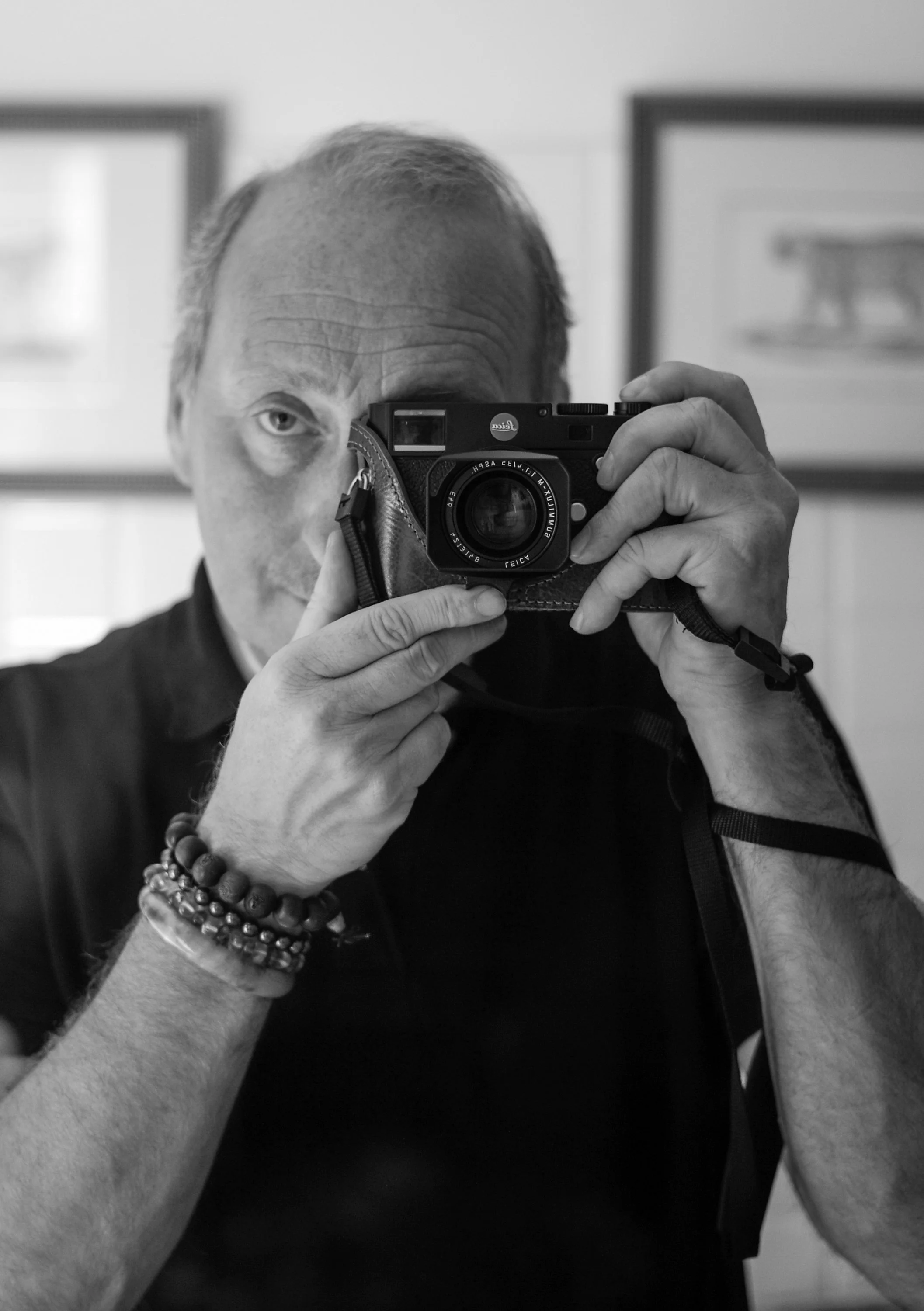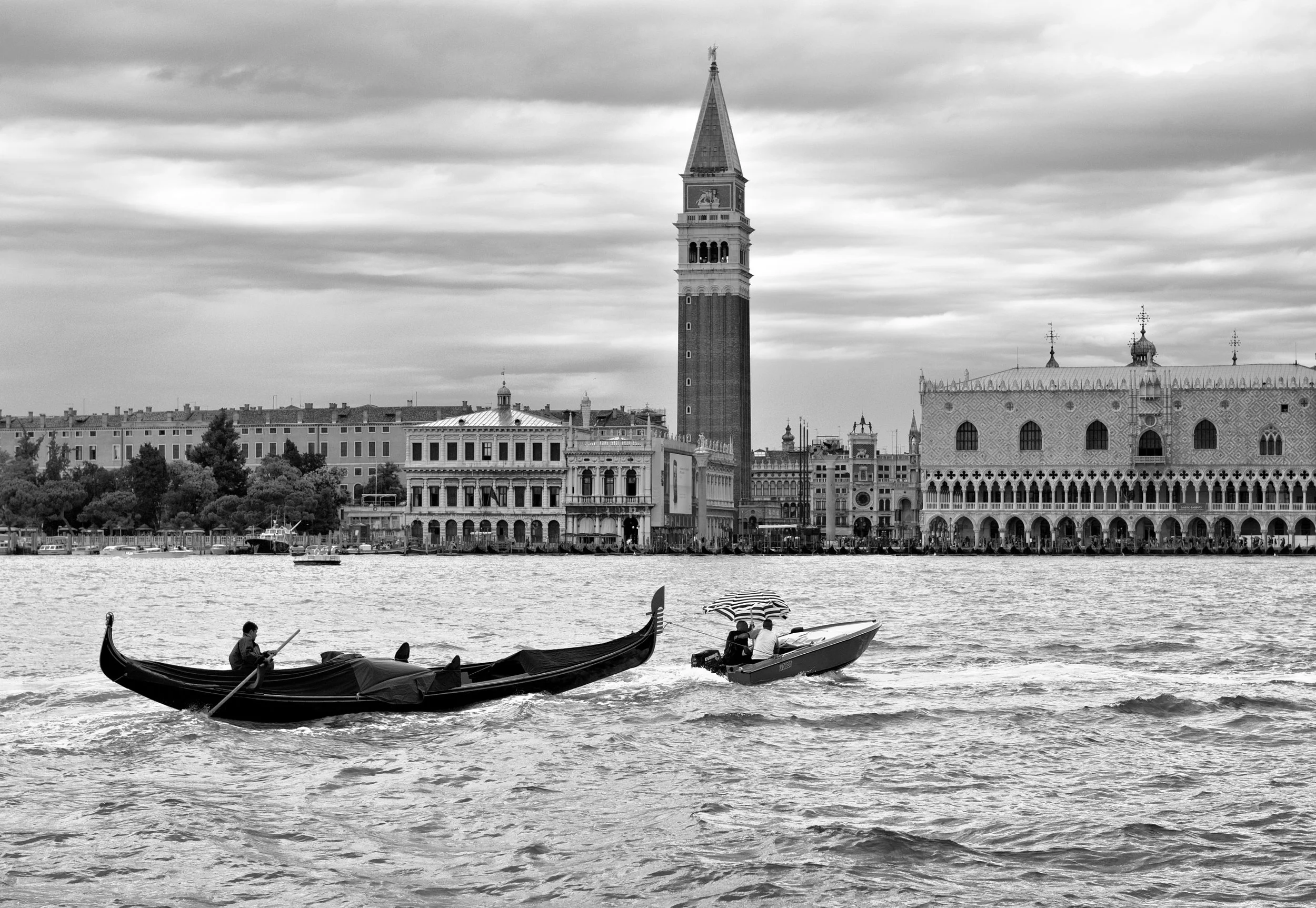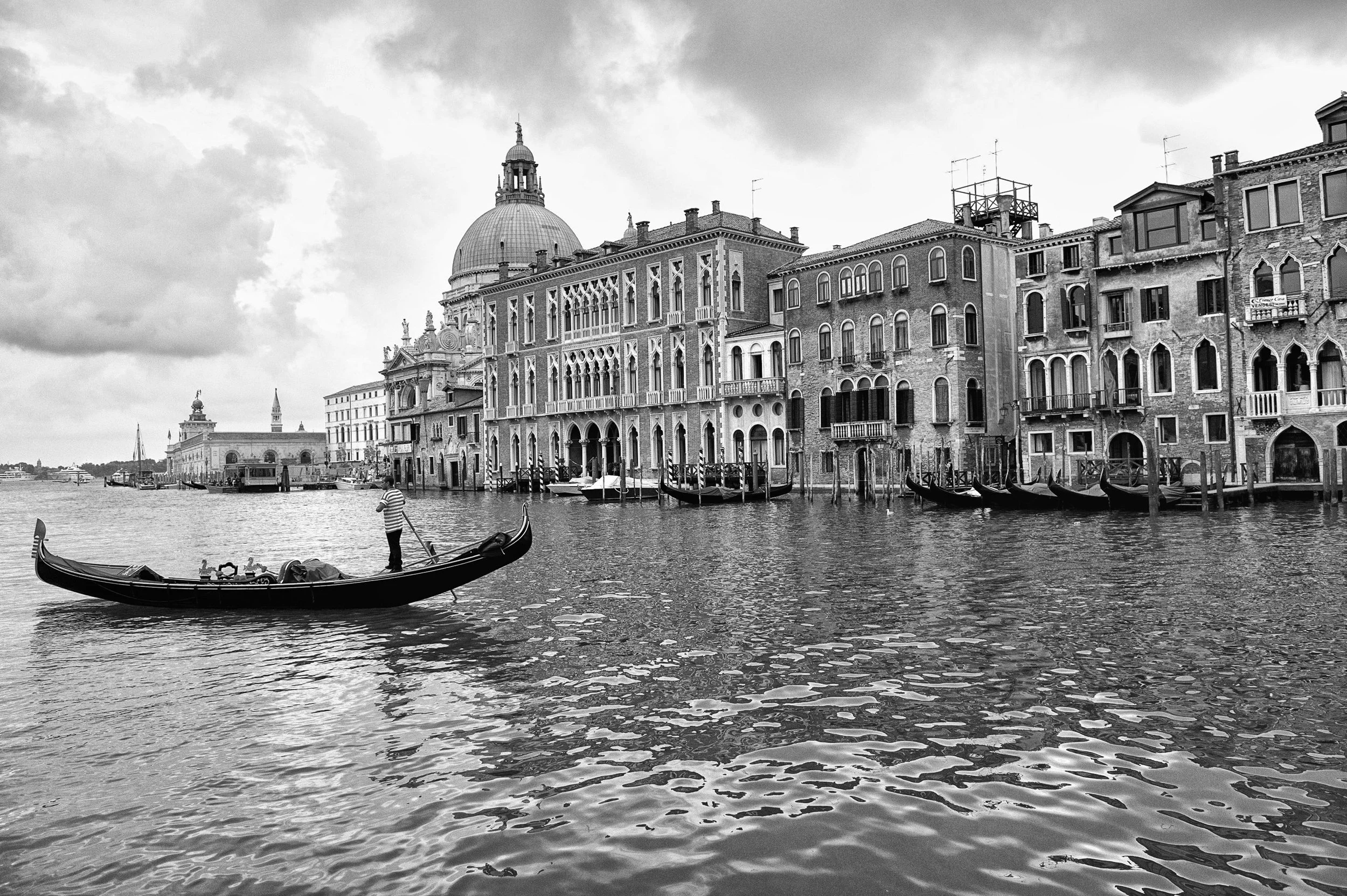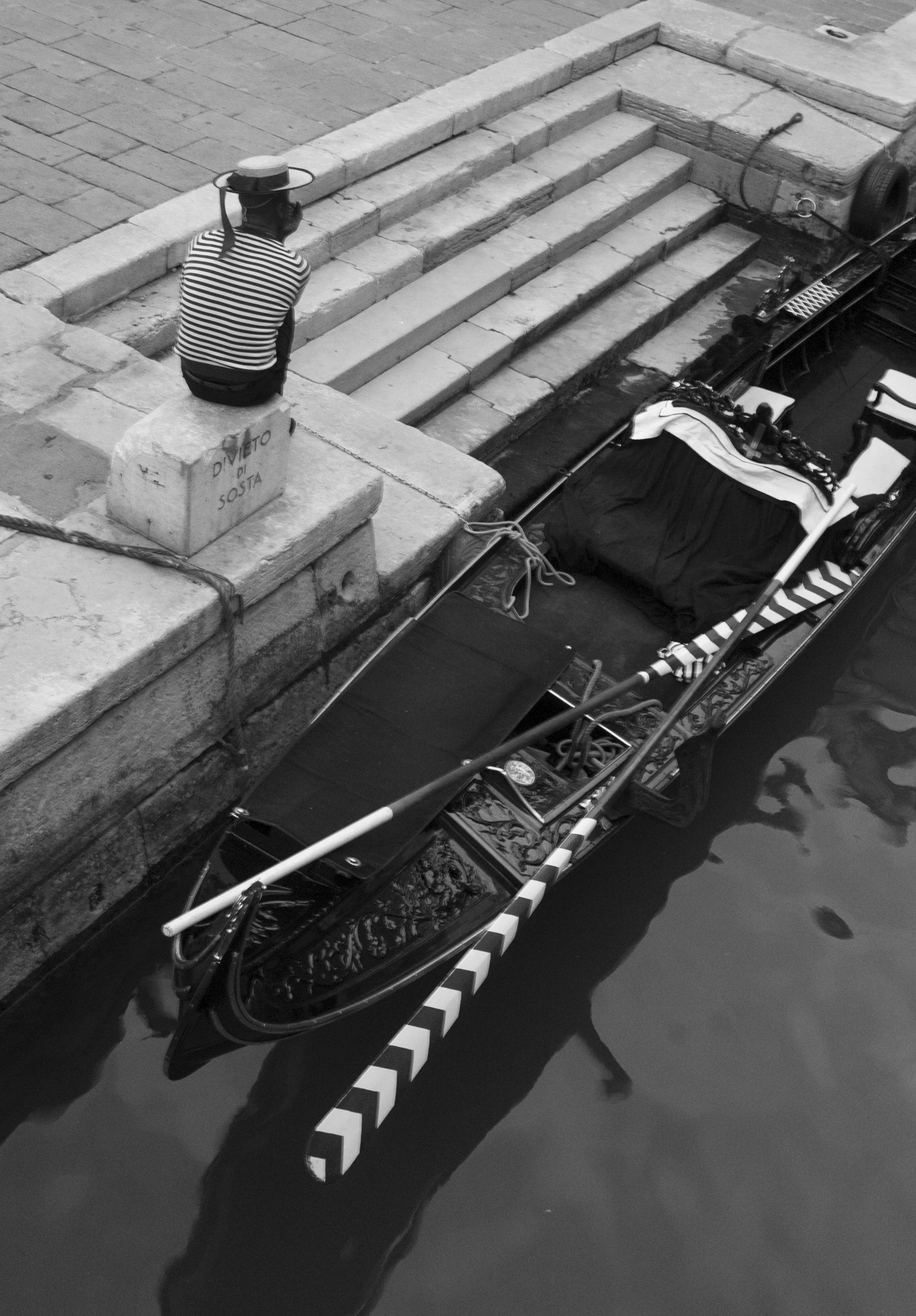Interview
Marco Secchi
Marco Secchi is an Italian photographer known for his evocative black-and-white imagery and deeply observational street photography. With a career that began in editorial and news photography - working for major international agencies like Getty Images - Marco has spent decades refining his ability to capture the quiet drama of everyday life. Dividing his time between Venice, Budapest, and the Balkans, Marco explores cities not as tourist postcards but as living, breathing entities. His work is shaped by a commitment to authenticity, a deep reverence for history, and an unshakable belief in the power of photography to reveal what is often overlooked. A Leica shooter and analog enthusiast, Marco offers immersive 1-to-1 photography workshops focused on visual storytelling, the art of seeing, and mastering the nuances of natural light. His workshops in Venice and Budapest attract a global audience, ranging from beginners to experienced photographers, all drawn to his minimalist yet emotionally rich approach. Marco’s images have been exhibited in Venice, Ljubljana, and Budapest, and are part of private and editorial collections worldwide. He is also an advocate for slow photography - favoring presence, patience, and purpose over digital noise. When not behind the camera or mentoring students, Marco is quietly wandering, always searching for that next untold story at the edge of a shadow.
What is your background and how did you start your journey in the art world?
“I began my career as a photojournalist, working extensively across Europe and beyond, capturing news, politics, and human stories for Getty Images. That foundation shaped my visual instincts - learning to anticipate moments, read the light, and stay invisible. Over the years, my interest shifted toward street photography and storytelling. Venice was my first long love, but Budapest has become a fascinating new stage. My workshops now bring together decades of experience with a desire to teach others how to truly see.”
What inspires you?
“Street life, raw, unfiltered, often poetic. The way light falls on a crumbling wall in Venice or how someone disappears into steam on a Budapest morning. I’m drawn to places where history breathes through the cracks. There's something magical about photographing the ordinary and making it feel extraordinary.”
What themes do you pursue? Is there an underlying message in your work?
“Time, memory, and the human presence within urban landscapes. I’m not interested in spectacle; I’m interested in essence. Whether I’m capturing someone crossing a foggy square in Venice or waiting in a ruin pub in Budapest, I want the viewer to feel like they were there, just a beat before or after the shutter clicked.”
How would you describe your work?
“Minimalist in form but emotionally charged. Black-and-white often dominates my portfolio - it strips the scene to what matters: gesture, geometry, and emotion. My photographs are not about documentation; they’re about perception. They ask the viewer to pause and pay attention.”
Which artists influence you most?
“Henri Cartier-Bresson, of course, for his poetry of the decisive moment. Josef Koudelka for his unflinching grit. And more recently, the quiet elegance of photographers like Saul Leiter or the urban intuition of Alex Webb. Their work reminds me that photography is not just about what’s in front of the lens, but how you relate to it.”
“There's something magical about photographing the ordinary and making it feel extraordinary.”
What is your creative process like?
“I walk. A lot. My process is rooted in observation. Sometimes I wait in one spot for an hour. Other times I chase light across the alleys. I rarely plan my shots in advance. In my workshops, I try to pass on this rhythm, how to slow down, how to listen to a city, how to see the invisible.”
What is an artist’s role in society and how do you see that evolving?
“Artists, especially photographers, are witnesses. Our job is not only to show what’s visible, but to interpret it. As the world becomes more visual and yet more distracted, I believe our role is to cut through the noise - to offer depth, not just spectacle. Street photography is an act of resistance against superficiality.”
Have you had any noteworthy exhibitions you'd like to share?
“I’ve had the privilege of exhibiting in Venice, Ljubljana, London, Moscow, and Budapest. My most personal show was One More Venice, a monochrome homage to the city I know better than any other. I also presented a body of work on rural Hungary recently - a shift in rhythm but not in soul. And I always keep a few images in my suitcase: wherever I go, I leave part of my story behind.”



















